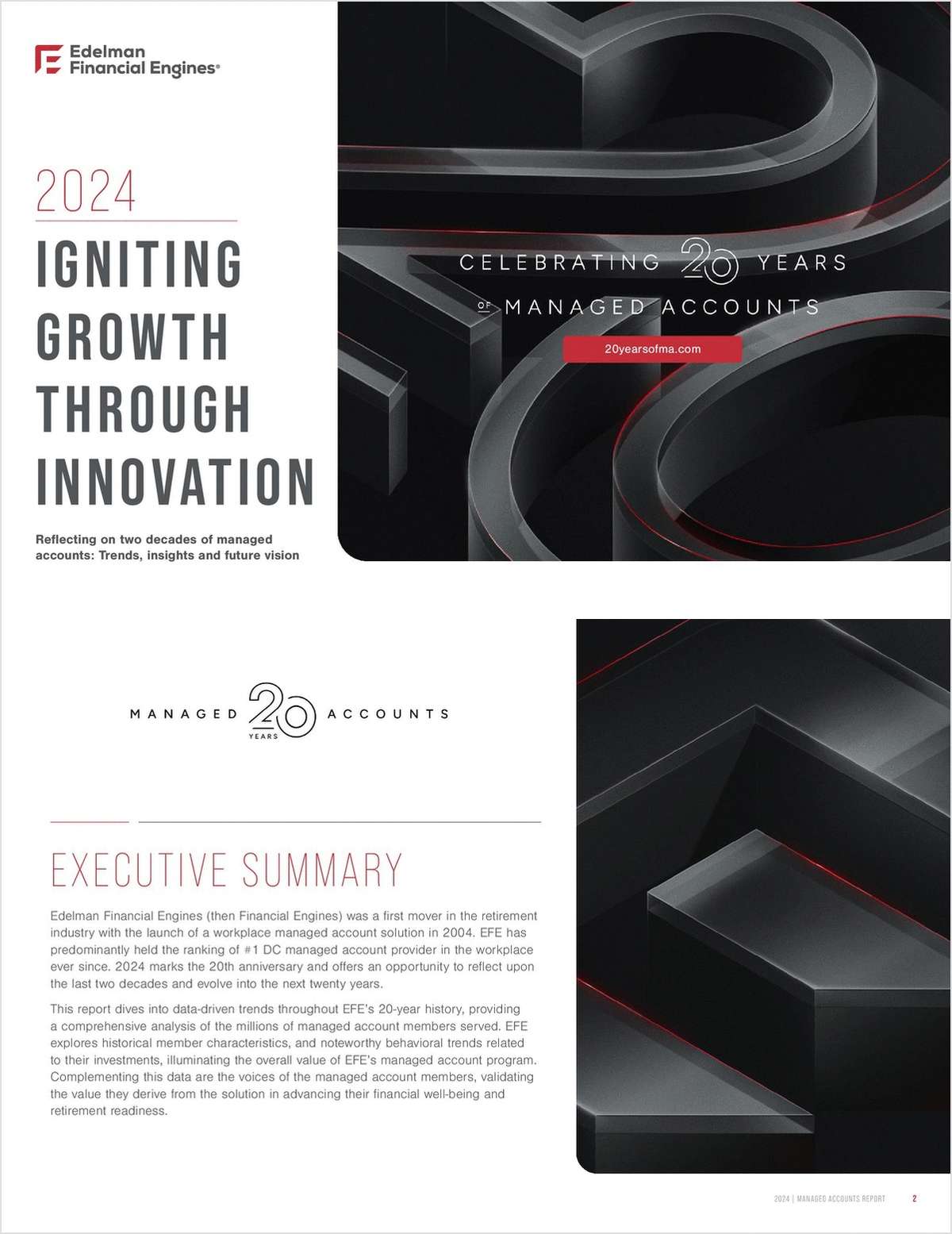This is too often the case: With the promise of a new cure comesthe promise of increased costs.
A number of cancer researchers believethat the best way to treat the ubiquitous disease will increasinglyinvolve using a combination of different drugs.
For instance, Lake Bluff, Ill.-based drug maker AbbVie Inc. hopes thatcombining two of its drugs, Imbruvica and Venclexta, will yield amore effective treatment of a certain strain of leukemia. Theproblem? Each drug costs more than $100,000 for one year oftreatment.
Continue Reading for Free
Register and gain access to:
- Breaking benefits news and analysis, on-site and via our newsletters and custom alerts
- Educational webcasts, white papers, and ebooks from industry thought leaders
- Critical converage of the property casualty insurance and financial advisory markets on our other ALM sites, PropertyCasualty360 and ThinkAdvisor
Already have an account? Sign In Now
© 2024 ALM Global, LLC, All Rights Reserved. Request academic re-use from www.copyright.com. All other uses, submit a request to [email protected]. For more information visit Asset & Logo Licensing.








